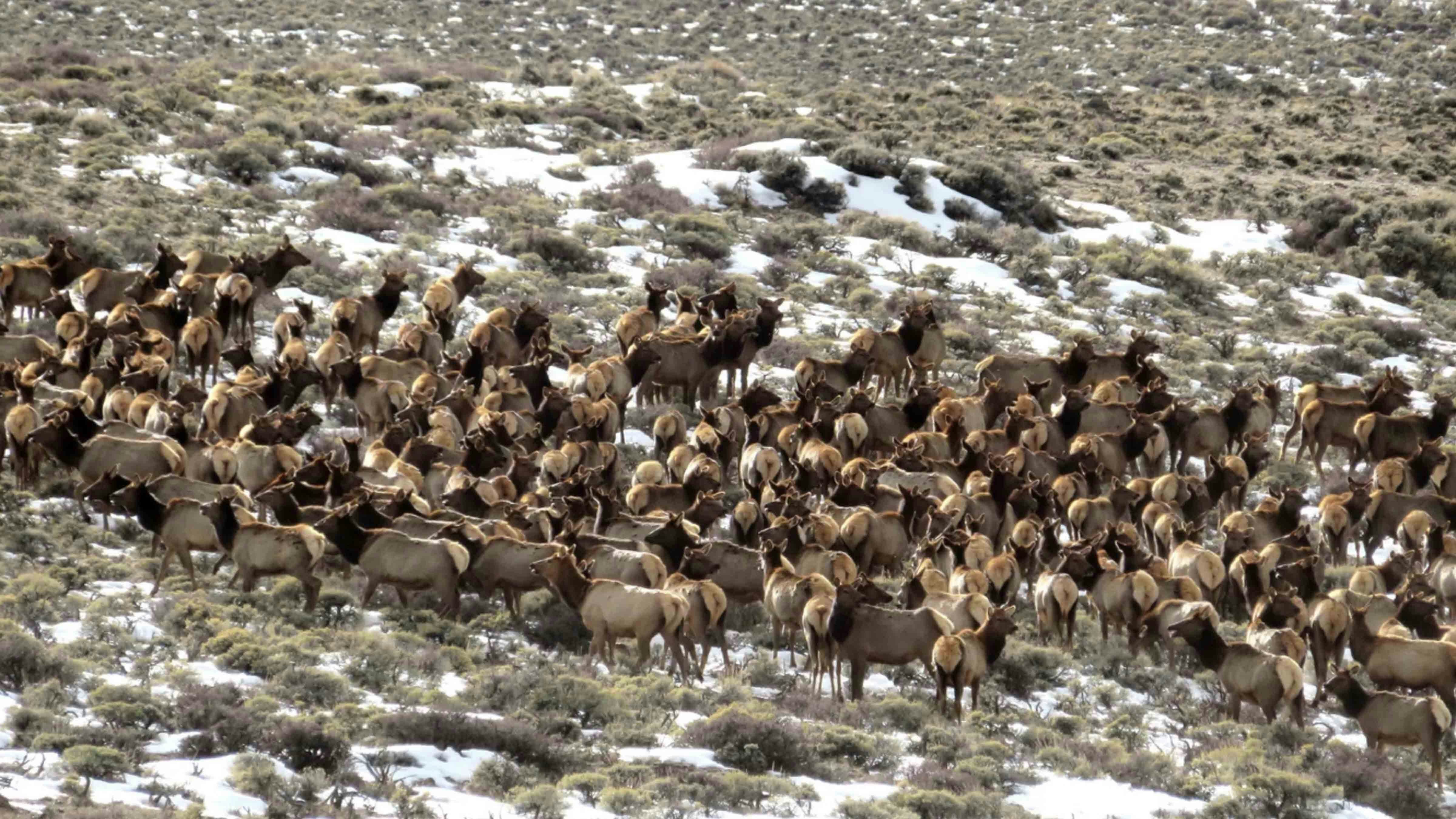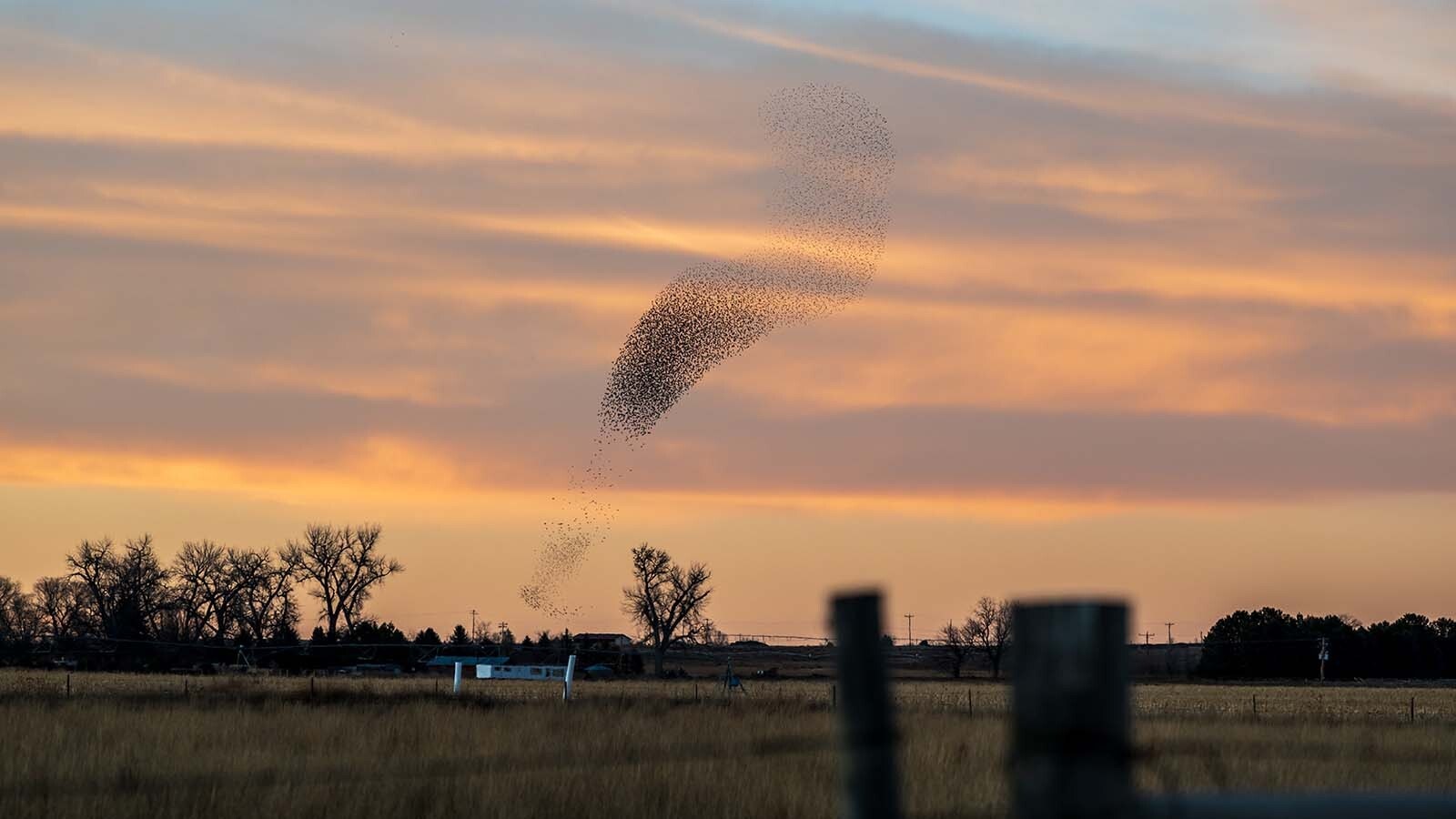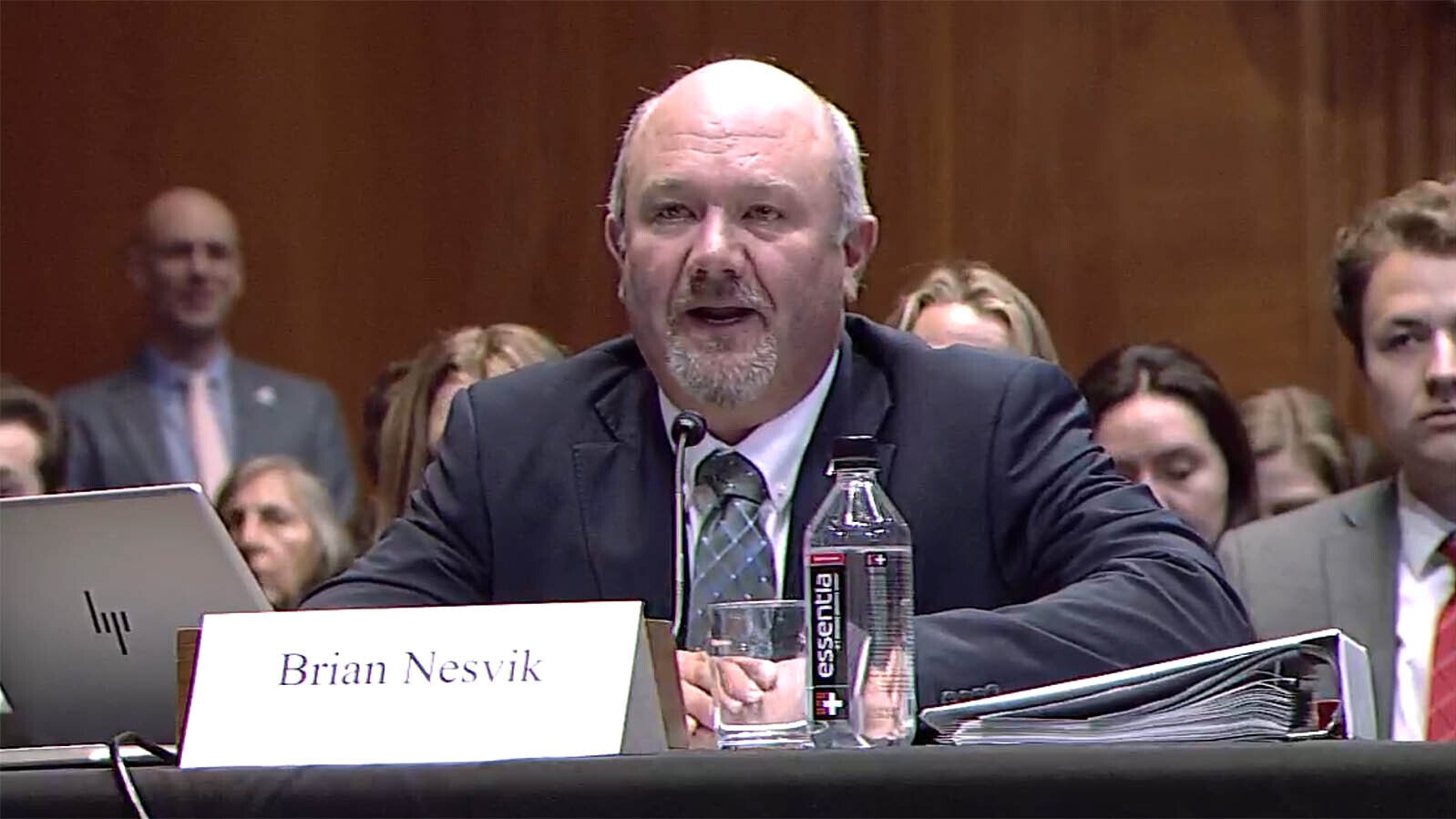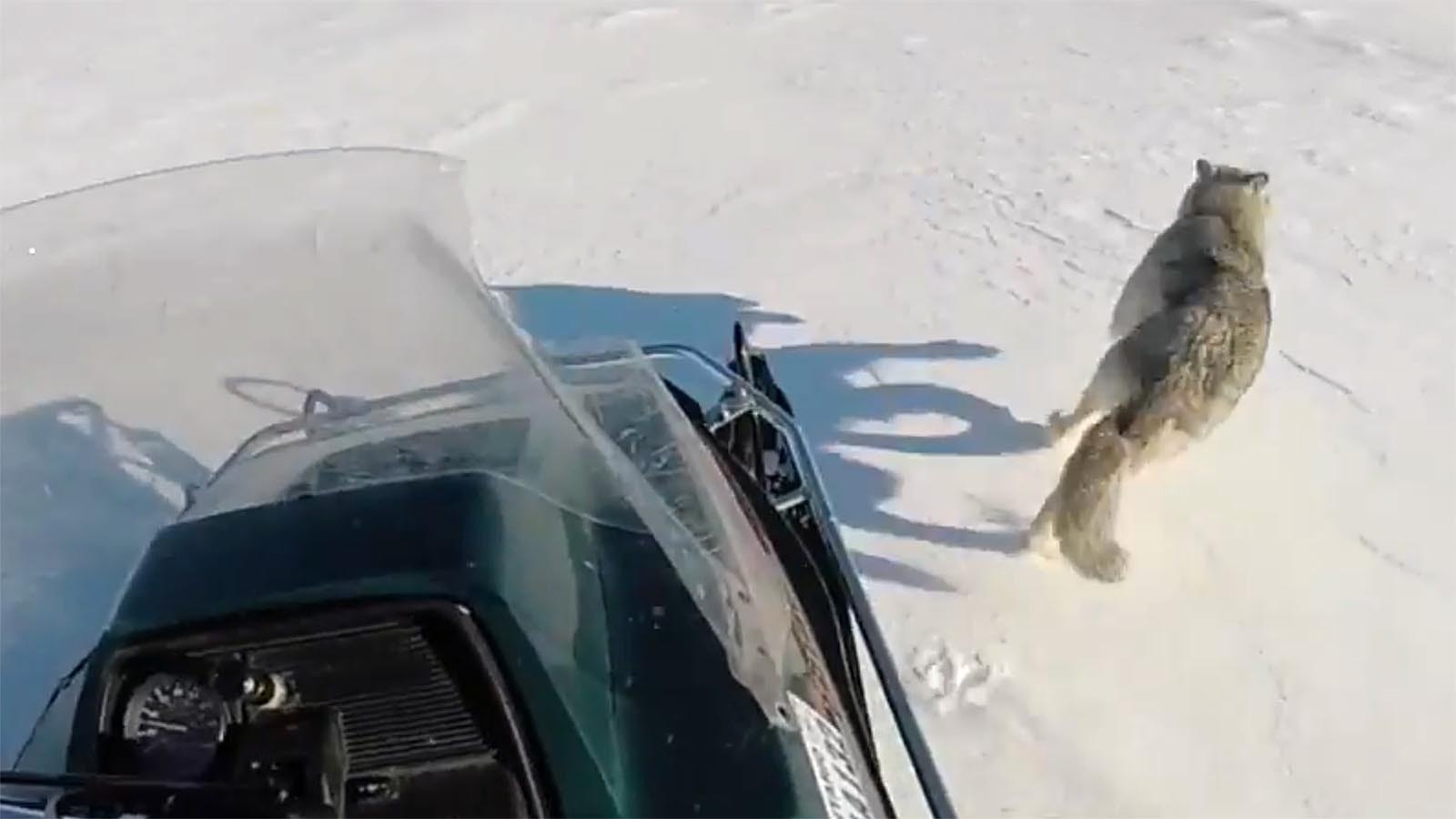Having escaped Communist Cuba decades ago, Wyoming rancher Juan Reyes said he holds private property rights sacred.
And like many ranchers in eastern Wyoming, Reyes said he’s grown weary of an overabundance of elk gobbling forage on his family’s land because it’s costing him hundreds of thousands of dollars every year.
He doesn’t blame the elk. For that he points at wildlife officials.
“I believe that the current elk management policy is a failure,” he told Cowboy State Daily.
Just Too Many Elk
The Game Fish’s objective for the Iron Mountain elk herd, which frequents Reye’s ranchland, is 1,800 animals. According to the most recent count, the herd numbers 4,800 elk, agency director Brian Nesvik recently told the Wyoming Legislature’s Joint Travel, Recreation, Wildlife and Cultural Resources Committee.
The situation is similar in other areas of eastern Wyoming, Nesvik said, including the Black Hills region. As elk populations continue to grow, the herds have learned to take shelter on tracts of private property where owners don’t allow hunting.
Ranchers, including many who do allow access for hunters, are understandably frustrated, Nesvik told the committee.
“They’re not in the business of selling grass to elk,” he said.
“You can have landowners who will allow all kinds of access and let anybody on their land to hunt, but after three shots, the elk are all on the neighbor’s place,” he said.
And it’s doubtful hunters shooting elk during regular seasons can cut the numbers fast enough, Nesvik said. Last year, Game and Fish sold 60,000 elk licenses, and hunters killed 27,000 elk.
There was some talk during the committee meeting of compensation for landowners, including offering financial incentives to allow more hunter access.
Too Close To Socialism
Reyes said he does allow some hunting on his ranches, giving access mostly to family members and employees.
He’s not sure how successful average hunters who don’t know the land well would do. The elk are quite savvy, and even the sound of a single gunshot or an ATV’s motor during hunting season is enough to send them running, he said.
Besides, he doesn’t like the idea of being compelled to open his land, even if it came with a financial incentive.
“If they try to coerce me into allowing access according to some kind of incentive, that’s too close to socialism,” he said.
Each Elk Eats A Steer’s Worth
Good range forage isn’t cheap, and Reyes said having elk constantly gobbling his is extremely costly.
“One elk consumes 6/10ths of an AUM (animal unit month),” of forage. That’s equivalent to what a yearling steer eats, he said.
So, for every elk grazing on his place, Reyes figures he’s essentially giving away what could support a yearling steer from his cattle herds, thus cutting into his profitability.
And that’s not taking into account the costs associated with elk damaging or destroying fences and other ranch infrastructure, he said.
“I don’t want elk eradicated,” Reyes said. “I don’t know of a single rancher who doesn’t love seeing some elk on their place. We just want the numbers brought down to manageable levels.”
Hired Guns
When regular licensed hunters can’t kill enough, the Game and Fish Department can authorize “lethal take permits” for culling in specific areas, chief game warden Rick King said during the committee meeting.
Those “contract employes” were allowed to kill 129 elk from the Iron Mountain herd last year under that program, King said.
The carcasses were all tested for chronic wasting disease, and only one came back positive and had to be destroyed, he said. The other 128 were donated to Wyoming first lady Jennie Gordon’s Food From the Field program through the Wyoming Hunger Initiative.
Reyes said the shooters, “a very professional outfitter and an assistant,” were on his property and did what they could.
“They were in 3 feet of snow,” he said. “It was really a lot of work for them to get all of those elk carcasses out of there.”
He appreciates the dent they made, but added that it would take “several more teams of those sorts of guys” to cut the elk down to management objective levels.
Hurting Other Wildlife
Reyes also said he’s worried about the effect that the hoards of elk are having on other wildlife, particularly mule deer.
The elk tend to run the mule deer off and out-compete them for forage and other resources.
“It’s been degrading the mule deer habitat,” he said. “Such as the brush the deer need, the elk can destroy the hell out of it when there’s 1,200 of them laying around in it.”
While Reyes said he’s frustrated with the Game and Fish, he certainly doesn’t blame Nesvik or his administration, who seem to be taking the elk overpopulation seriously.
“I’ve watched this problem develop for 30 years,” he said, adding that Nesvik’s administration “inherited it.”
Mark Heinz can be reached at mark@cowboystatedaily.com.





